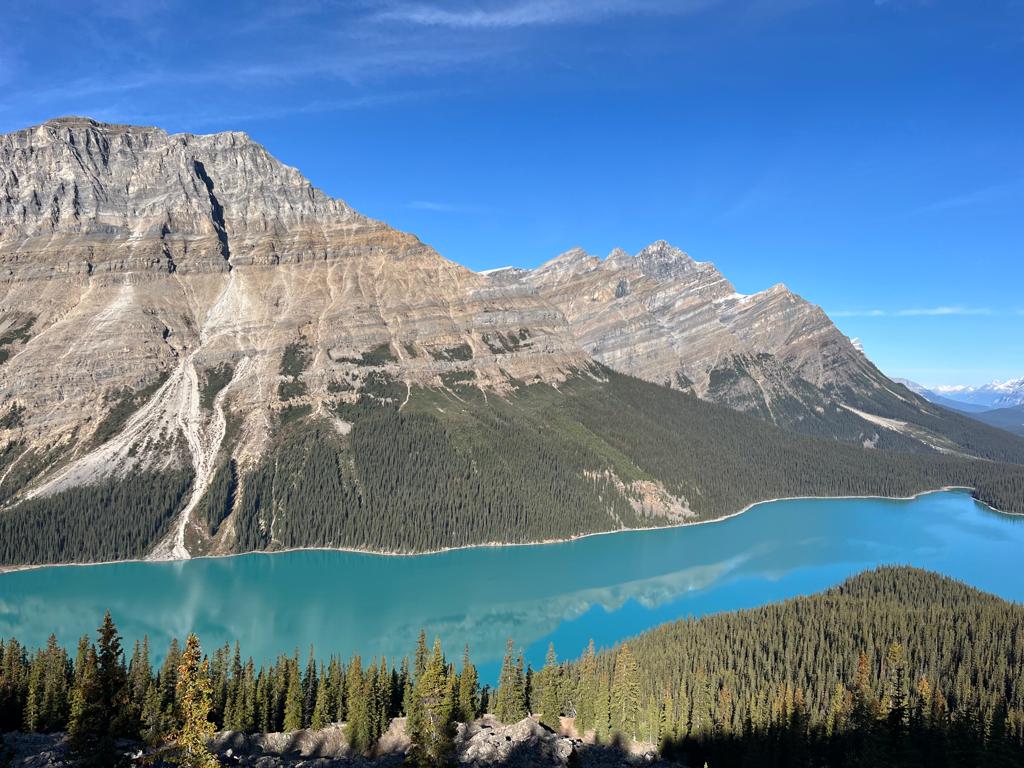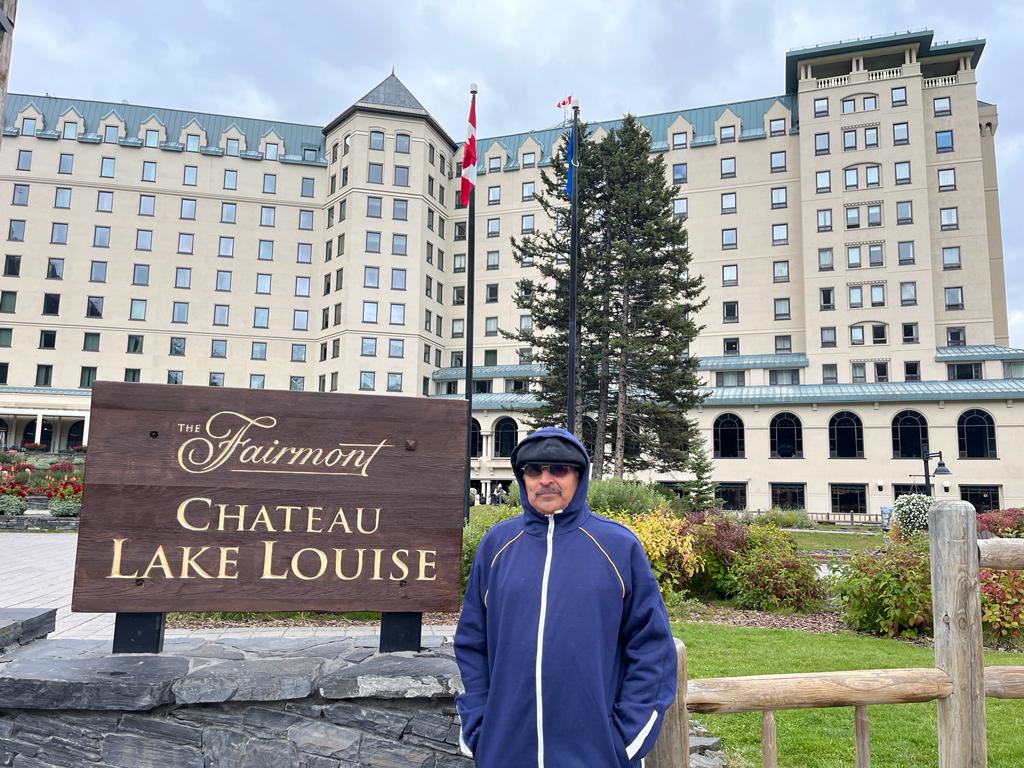MY BOND WITH ASVINI - AN UNTOLD CHAPTER
It was Feb1989.
I was in command of Taragiri for well over 18 months.
The President’s review
of the fleet was around
the corner and so was an intra-command Cricket championship
- very intensely
contested. I was the opening
batsman for the Western Fleet and the opening
bowler for COMCOS was then Cdr
Srikant (later Vice Admiral - sadly a
victim of Covid).
We decided to complete our last match on a Sunday, a few days before the PR. He was a
well-known fast bowler
and I had to live with the fact that Syed Kirmani
was my wicketkeeper during my college
days in Bengaluru. Much was expected, based on the whispering campaign, every time I carried
my bat.
Srikant came thundering in and delivered his first few deliveries which I managed to
place unintentionally between
gaps for a few runs.
And then it happened! I ran a cheeky single
and Sri and I collided. My bat was entangled with some part of his tall torso
and I went up in the air and dropped to the ground after
a somersault. There was a thud and a
crack near my right elbow. Breaking a
finger or two during my cricketing
days was par for the course. This was
a bit more. Captains do not scream in pain. They
scream at others. And so, I endured the journey
to INHS Asvini in a rickety old jeep
which magnified my pain due to
the jolt caused by the worn-out suspension. I was looking
forward to some solace on arrival
at the ward.
Being a Sunday,
only the duty MO was available. The ortho was summoned. He arrived with
a grumpy face - he was otherwise known to be grumpy at best of times. His reputation had traveled far and wide. I almost winced when I saw him. I had
never been admitted to any hospital.
As predicted, the ortho began by saying which
Capt in his right mind would play cricket, and that too while in Command. I was
moved to surgery and my elbow was fixed and my right
hand duly put in a cast. I was to stay in the
hospital for a couple of days and proceed on sick leave. The process is clearly laid down.
After three weeks I was to report
back for removal
of the cast and a medical board would assess whether I could run up and down ladders of my ship.
Now comes the first part of hospital admission. My ship was to anchor at the assigned
berth for the review. I had already
conveyed to the Fleet Commander that my ship could operate
without me. The crew had been trained. But
anchoring at a review berth was not
entirely what we had done earlier.
Here is how we solved
the problem of anchoring. The review berth as it
happened was directly in the line of
sight of the officer’s ward in Asvini.
With a radio in hand and call sign Eagle
assigned by myself, I ran a virtual bridge with
reports coming to me, and guess what my navigator and 00W needed no suggestions from me. Taragiri anchored
in copybook style. My crew had proved they were as good as any. I was plotting my course of action for the following week. No standby
Capt was appointed
till then.
I was fit to walk and run except the cast was difficult to hide. How in God’s name would
I sit around doing nothing till I was
sent away on sick leave.
I cast my eyes on the other patients in the
ward. One was a unique character who was highly
diabetic but was running the Command mess. Yet another was recovering from an accident
and he needed physiotherapy on a regular basis whilst confined to a
wheelchair. The third was a Harrier
pilot who had a heart condition and
the fourth was a service brat who had broken his leg in an accident.
Promptly, I volunteered to push wheelchairs and take them for their physiotherapy. They had not had homemade food for ages. So, we conspired to “jump jail” after rounds at night
and with the mess sec who had access to a 3-tonner,
we sneaked out of Asvini and had home
food at my residence at Gemini. We
repeated the exercise the following
day while I wheeled the young patient to the US Club. What fun we thought. But “picture abhi baaki hai”.
The first challenge was a display
at sea after the review.
The Fleet Cdr nominated CO
INS Ganga as a safety number on my bridge during my absence. That went well with the CO complimenting my bridge crew for their professionalism.
Now came the sick leave when I twiddled my thumb at home. Restless as I was, I
took a calculated risk. I tore the
sleeve of my uniform and with the
cast on, embarked my ship to the great
joy of my officers. No one including the medical
officer asked me how I could function on
board during sick leave. “Don’t ask don’t tell” was the adopted route. I had just returned after 3 full years
at the Embassy of India
at Islamabad. There was an artificial halo around my head.
Next came the change of Command of the Western Fleet. There I was in NO2s and sword in my left hand and a torn right sleeve to accommodate
the cast - on the flight deck of INS Virat.
As the new Fleet Cdr was introduced to the Commanding officers, he approached me and since I could no longer salute, I
thumped the sword on the deck with
my left hand and called out the name
of my ship in a gunnery voice. I was
fully aware that he could have asked me how
I was on parade. Perplexed as he was, he stared
at me with some empathy and said, “What happened?”
Greatly relieved that he asked me the
“wrong question”; without hesitation and with
joy, I replied, “Cricket, Sir”. And he walked
past me with a nod. I survived
another day, right under the nose of the Fleet Medical Officer.
Thankfully, he had donned a white uniform just for this promotion. He was olive green in all his thoughts
and actions. The ship’s canteen
with all its goodies was the
only aspect that he liked. “These crazy men in white”, he often mumbled.
The evening function
in 6Bs was equally enjoyable. Here is a picture of that event.
Now came the terminal phase of my torture. Removal
of the cast and a medical board to certify
my fitness. Having
spent all my sick leave on
board the ship, I meekly admitted myself to the final phase.
Off came the cast; but what I had not factored in
my plans came to the fore. My right hand had
frozen such that I could not even salute. All my efforts would come to zero if I could not even salute,
let alone climb ladders on the ship. The specialist advised me to return after
10 days of physiotherapy for recategorization. My
pea brain just would not accept it.
I found the nearest gym which happened
to be in Asvini. I took the
heaviest portable weight and tried to straighten my frozen elbow.
It was nothing less than Chinese torture.
A combination of sweat and
tears of pain had to be endured with
a handkerchief stuffed in my mouth to
drown the noise of a scream. Voila, by the
second day, I could with difficulty raise my
right hand to salute. Impressed by my efforts, the board cleared
me to report back to my ship.
So ended my only tryst with a naval hospital in four decades. In conclusion, a statement made
by the Harrier Pilot
based on his experience during
training in the UK is worthy of consideration by the present
medical and executive policymakers.
It was about a Harrier
pilot of the Royal Navy who jammed his fingers of his right
hand while shutting his car door just prior to the sortie. One finger
was damaged needing a special soft cast. The
duty medical officer patched it up and told him
to fly the Harrier as it was more important not
to miss sorties if he could use his hand with
ease.
Imposing old formats of compulsive
medical leave and recategorization was found to be counterproductive in terms of time and costs
if the individual could perform his duties. This eliminates shammers
too!
It may be good to look at outdated medical diktats when reforms are the flavour
of the day.




















